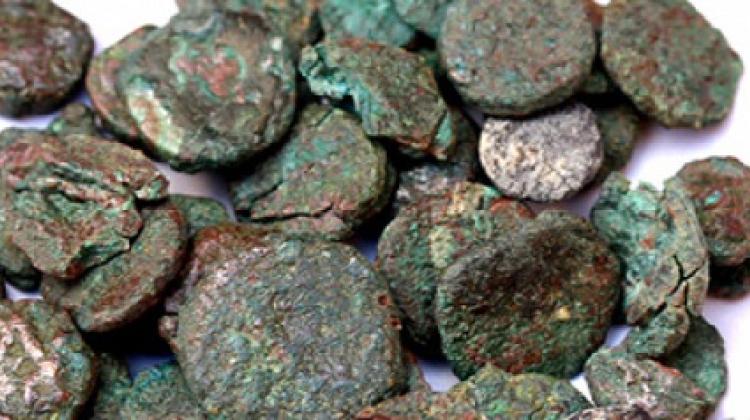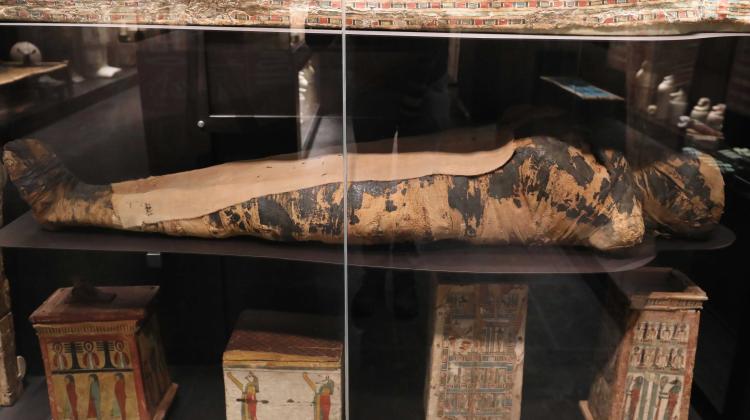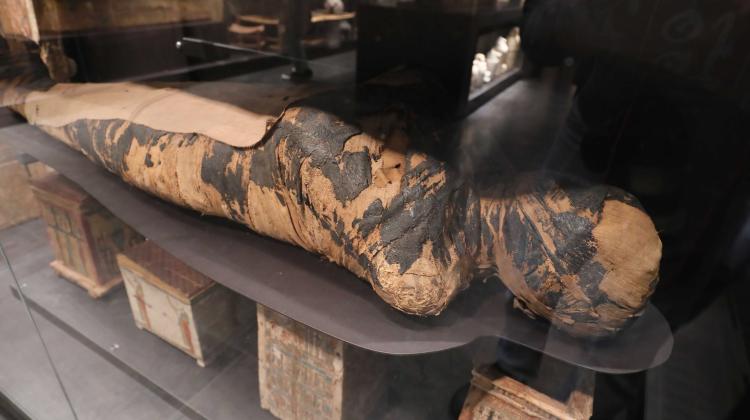Polish researchers find tomb of an official responsible for Pharaoh's secret documents
The ancient tomb of an official responsible for pharaoh’s secret documents has been found by Polish archaeologists next to the world's oldest pyramid.
The ancient tomb of an official responsible for pharaoh’s secret documents has been found by Polish archaeologists next to the world's oldest pyramid.
The 4,300-year-old tomb was discovered in ancient cemetery next to an Egyptian village Saqqara. According to hieroglyphs carved on the tomb’s façade it belongs to a man named Mehtjetju.
Serving on the court of the first pharaohs of the 6th Dynasty, Mehtjetju was also an inspector of the royal estate and a priest at the pyramid of king Teti.
This means that he most likely lived also during the reign of his successor Userkare, the second pharaoh of the Sixth Dynasty, reigning briefly for 1 to 5 years, in the late 24th to early 23rd century BC.
The tomb is hewn in the eastern bank of the so-called Dry Moat, a huge ditch on a rectangular plan (approx. 750 by 600 m) surrounding the complex of the oldest pyramid in Egypt (the Step Pyramid), built 4,700 years ago.
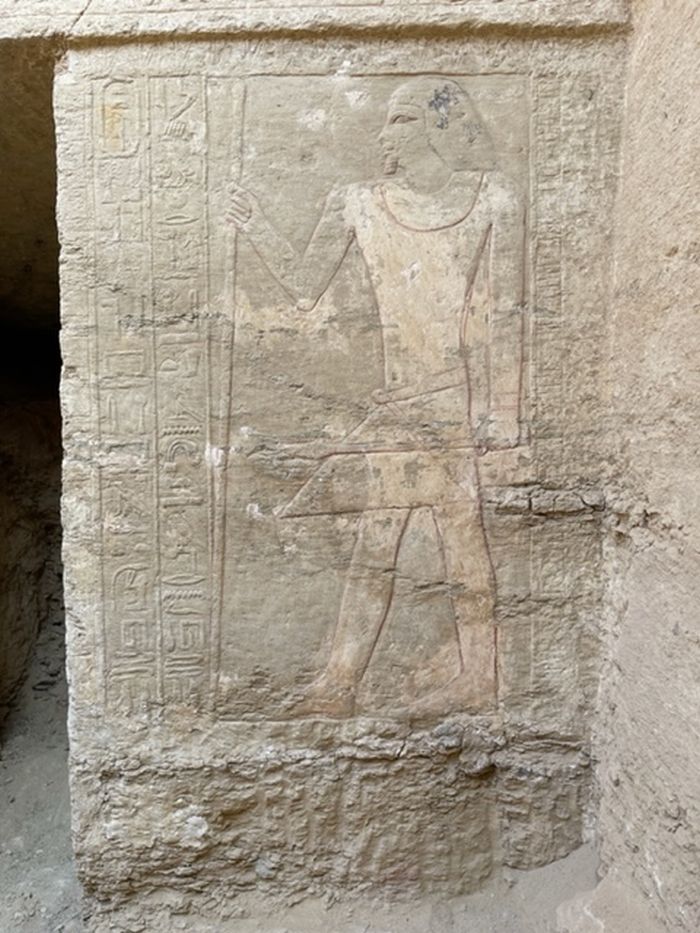
Today the Dry Moat is almost entirely filled with rubble and sand blown in from the desert. It is completely invisible from the earth's surface, but its outline can be seen in some aerial and satellite photographs.
Professor Kamil Kuraszkiewicz from the Faculty of Oriental Studies, University of Warsaw who is leading the research said: “For now, we have only unearthed the facade of the chapel, the interior is waiting for the next excavation campaign.
“Probably thanks to his high position, Mehtjetju could afford hiring a team of highly skilled craftsmen, because his chapel is decorated with reliefs of exceptional beauty.”
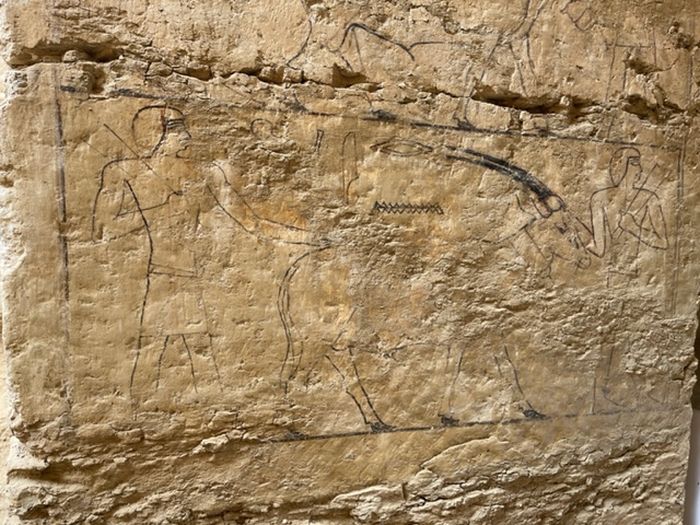
Kuraszkiewicz said: “His title was that of “privy to the secrets of sealed royal documents”. For the times we are talking about, we have little information, it is difficult to say what it exactly means, but it seems that Mehtjetju was authorised to know the contents of secret documents being written at the royal chancellery before they were published.”
The work is being carried out as part of the expedition of the Polish Centre for Mediterranean Archeology, University of Warsaw.
PAP - Science in Poland,
Szymon Zdziebłowski
szz/ agt/ kap/
tr. RL
Przed dodaniem komentarza prosimy o zapoznanie z Regulaminem forum serwisu Nauka w Polsce.






